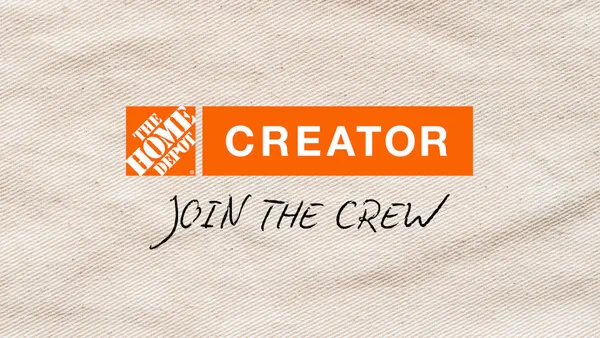Editor's Note: The following is a guest post from Rurik Bradbury, LivePerson's global head of research and communications.
Last year was dubbed by some the year of "conversational commerce." The idea was that people would use chatbots to talk to brands — to ask questions and even place orders — and that this would transform e-commerce. It didn't pan out that way. There were lots of grand announcements and pronouncements, but they gave way to fizzling usage and low consumer satisfaction.
What's the issue? Part of it's a technology problem: artificial intelligence (AI) and natural language processing are still not ready for primetime. The usefulness of Alexa, Siri and the like is much higher when they're asked simple, factual questions, such as 'what's the weather today?' and 'how tall is Mount Everest?' With more complex interactions or actual conversations, they tend to fail, or at least not inspire consumer trust.
The other problem that's not been addressed is the process and workflow question: When bots fail, how do people pick up the slack? How do you even tell when bots are failing? From our work with a number of botmakers and large brands in 2016 and 2017, we've learned there are 4 "secrets" to making bots useful, and, without which, bot projects will likely fail.
1.) A bot is just another agent
If you want to have a successful integration of bots in your company, you have to treat them like they're actual employees because that's how customers view them. Regardless of whether they're working with a human or a bot, customers want to have an efficient and satisfying experience. You need to hold bots to the same standard you would your human customer service reps.
Think critically about where in your workforce structure bots fit in and how you're going to measure their success. If you set the bar for a good bot experience significantly lower than that of a human agent, you'll likely frustrate your customers and sap their goodwill for when you introduce bots that actually work.
2.) Bot agents need to specialize
Bots are still limited in what they can do, as they're far behind humans in terms of the breadth of understanding, real-time adaptability and empathy. What this means is that they should be given specific, specialized jobs.
There are four key types of bots: welcome bots, closer bots, specialist bots and agent assist bots.
Welcome bots help route the inquires to the right agent or specialist bot, while the closer bots handle the conclusions of the conversations. Specialist bots focus on answering frequently asked questions and standard business processes like changing an address or updating a credit card on file. Agent assist bots help agents behind the scenes by queuing up potential responses and relevant information for the inquiry.
Bots that specialize in a specific task not only result in much higher customer satisfaction, but also have an "area of expertise" that makes them measurable. In the same way you review the success of your human employees, you can evaluate the bot's success against its specific responsibilities and decide which ones need to be improved or replaced.
3.) Bots and humans need to 'tango'
If a consumer messages you and starts talking to a bot, few things will frustrate them more than being "dead-ended" — told "sorry, I can't help you" and asked to call a 1-800 number. It's rare for a bot to handle over 50% of tasks that consumers throw at it, which means that, half the time, your bot will fail and the situation will require a human. If you want to avoid dead-ending customers, you need to shift gears and have a human agent seamlessly step into the conversation.
It's also important to note that customers don't like feeling tricked: 80% of consumers want to be told if they're communicating with a bot. If and when these handoffs inevitably happen, it's best to state this clearly upfront to the customer. The bot can be programmed to say something like, "I'm sorry I am not able to help you with this inquiry, but I'll connect you to my colleague who can." Similarly, the human agent should alert the customer when they're being handed back to the bot to complete a routine transaction.
4.) Manage bots and humans under one roof
Finally, in order for the bot-human "tango" to happen seamlessly, both human and digital agents need to exist side-by-side in the same system. One of the greatest barriers to the initial success of bots has been that they run natively on platforms like Facebook Messenger, where a human cannot intervene and where there are few ways to measure success, especially against human interactions.
In the same way that the tango is most successful with two dancers who know the choreography well and have mastered the hand-offs, knowing where, when and how to pass a consumer inquiry between bot and human agents (and back) is best done when it happens without any major interruptions. The only way to ensure this seamless transition is to manage all agents under one roof.
Investing in bots should be a decision a business makes with its consumers' best interests in mind. Deploying bots with a half-baked strategy will just leave you with unhappy employees and frustrated customers. It'll also drive up costs: ineffective bots turn into more customer service phone calls. This domino effect is best avoided by planning ahead and keeping the four secrets in mind.











